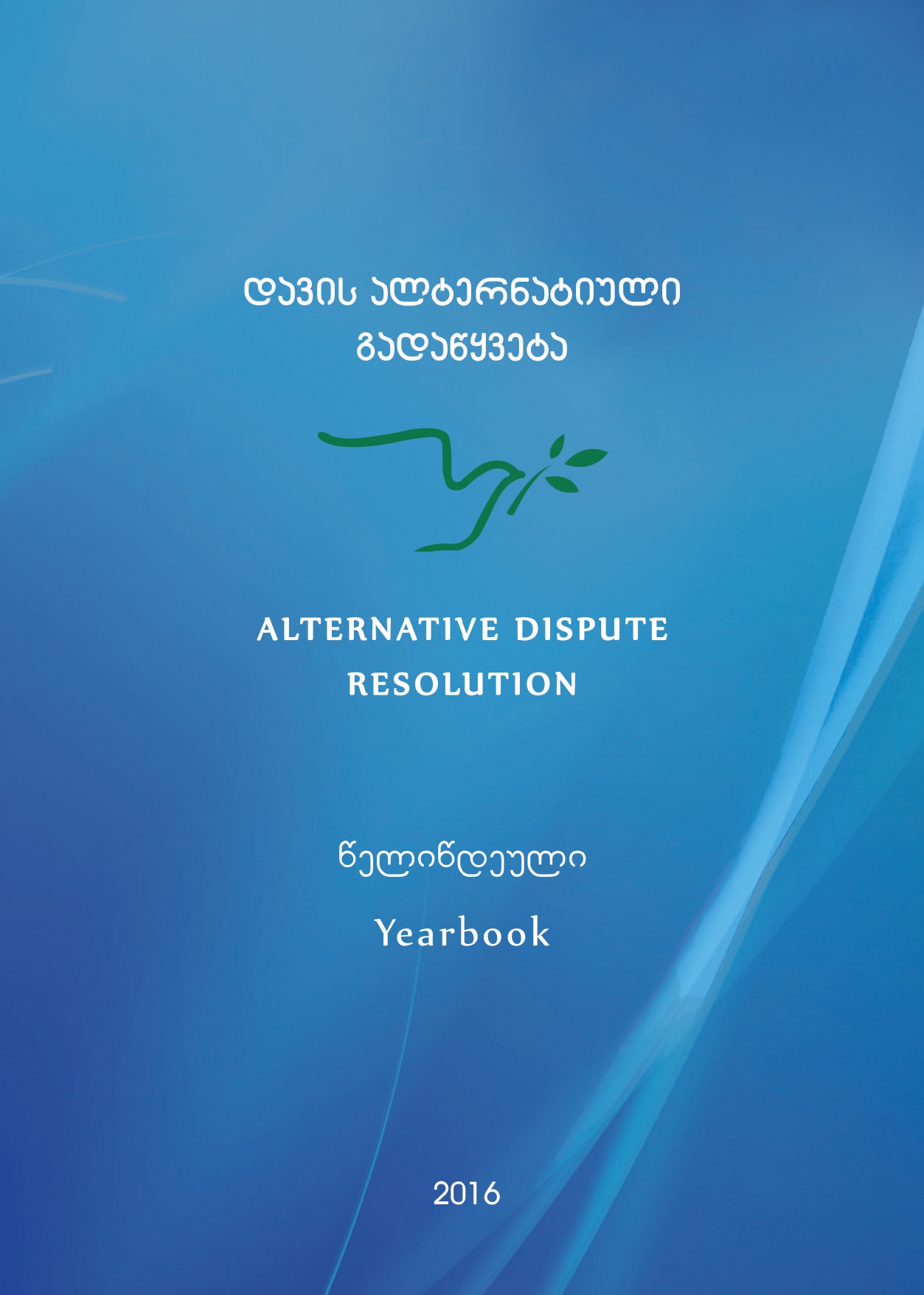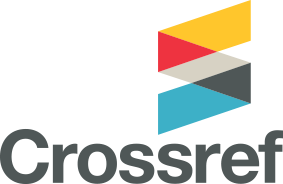Mediation
Keywords:
mediator, mediation process, Alternativ dispute resolution, lawyerAbstract
This Manual*** represents a compilation of material used in decades of mediation training.[1] It draws from a variety of academic disciplines, including:
- Law
- Psychology
- Communication Theory
- Game Theory
- Conflict Theory
- Sociology
- Cultural Anthropology
The principles upon which it is based transcend state and national boundaries. This is not a text about mediation theory. Rather, it is a platform for mediation skills development. It is intended to provide the background and context necessary for a rigorous experiential learning model. It is written in a simple, straight forward style that seeks to avoid excessive footnotes and jargon.
This Manual takes an interest-based, problem-solving approach to conflict resolution. It is neither wholly “facilitative” nor “evaluative” in orientation. While these training materials are relevant to mediation in any context, they often focuses on a “compulsory” mediation paradigm – whether the result of contractual agreement or litigation-based court referrals.
The heart of mediation skills training remains learning by doing. A Manual can never replace the learning cycle of seeing-doing-critiquing-re-doing, and this Manual is no exception. What a Manual can do is help inform that cycle.
Mediation training has become a core competency for many advocates and practitioners, even those who never intend to serve as mediators. A thorough, working knowledge of the process allows counsel to better serve their clients -- whether crafting transactional documents that must consider the possibility and consequences of non-compliance, advising clients of potential recourses available in a pre-litigation environment, or participating in court-referred mediation as their client’s representative.
Training faculty may supplement this Manual with exercises, role plays, work sheets, and samples. For those wishing to study further, or to research underlying theories and assumptions, the faculty can point to a wealth of resources, both print and e-based.
*** Creation of this manual is enabled through USAID Sponsored Joint Project of East West Management Institute Judicial Independence Legal Empowerment Project (EWMI JILEP), Ivane Javakhishvili Tbilisi State University National Center for Alternative Dispute Resolution (TSU NCADR) and South Texas College of Law (STCL).
[1] We wish to thank our training colleagues for their many contributions through the years to the Frank Evans Center for Conflict Resolution at South Texas College of Law that lead to the creation of the various Training Manuals and materials on which this project is based. We are particularly grateful to the late Professor Hans Lawton, Judges Bruce Wettman and John Coselli, and the host of volunteer facilitators. We dedicate this Manual to the People of Georgia, with gratitude for the honor of sharing their efforts to incorporate mediation as one method of civil society dispute resolution.
References
References are not available in the original article









